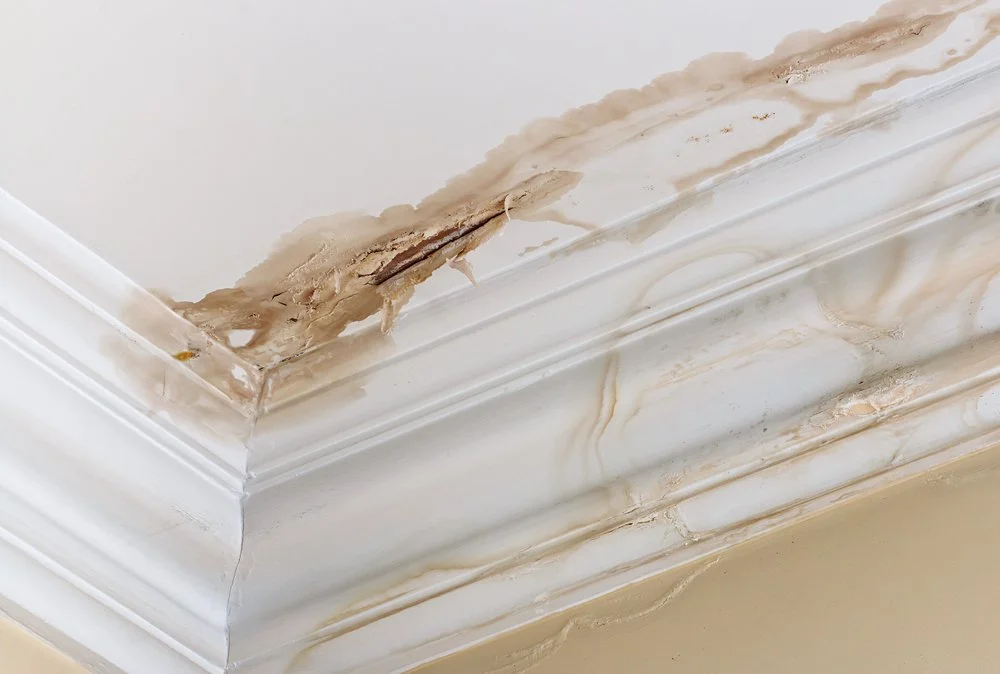Who pays for roof repairs in commercial leases?
Getty
Is our rain over with for the season? My guess is we’ll see one more soaking in May, and then possibly during the monsoonal desert period in July and August.
But what a wet one we experienced this year! The downside of so much moisture is owners throughout the region heard the collective screams of help from their occupants as seemingly water-tight roof membranes start to leak.
One of the most common questions we are asked by occupants of industrial/commercial real estate is, “Who is responsible for the roof?” So, if you’re leasing a new space or dealing with an existing one, this column should serve as a guide.
So let’s dig in, shall we?
Before the water comes pouring into your office or warehouse from any future downpour, do yourself a favor and grab a copy of your lease (if you have one) and take a look at a couple of areas.
First, look at the heading across the top of the first page. There you should find a reference to “net” or “gross”. This is an important distinction, as the main difference between the two leases is the responsibility for the roof.
The vast majority of leases in Southern California use the AIR CRE form and read something like this …”AIR Commercial Real Estate Association Standard Industrial/Commercial Single-Tenant Lease — Net.”
Generally, in a gross lease, the owner is responsible for the roof and in a net lease, the occupant is responsible. There are some specifics, however, that should be understood.
Next, take a look at the paragraph that starts with “maintenance and repairs.” In the AIR leases, it’s paragraph 7 on pages 5 and 6.
Responsibility for the roof on an industrial/commercial building is broken into three categories: maintenance, repair and replacement. You should read how your specific lease deals with each item.
Maintenance
Most leases (and definitely the AIR forms) specify which party maintains the roof and calls for the maintainer to have a service contract for the maintenance.
Many maintenance contracts include an annual visit for removing debris from the roof and making sure the downspouts are clear. Sometimes roof leaks occur when ponding builds at the downspouts because they are clogged. The puddle sits at the low point of the roof, weakens the membrane and leaks occur.
Another culprit is the area around roof penetrations (such as HVAC units) that are not properly sealed. When the bonding agent known as mastic becomes dry and cracked, the material loses its flexibility and water can seep through. A normal maintenance visit can shore up these issues and prevent leaks during the rainy season — like this year!
Repair
Once again, most leases outline which party is on the hook to repair a roof if fixes are needed.
In the case of a gross lease, the owner performs the repairs and in a net lease, the repairs are the occupants’ duty to perform except when the repairs exceed 50% of the price to replace the roof.
Replacement
In a gross lease, the owner is responsible for replacing the roof at her sole cost and expense. In the case of a net lease, the owner is also responsible but only when repairs exceed 50% of the cost to replace. Within the AIR language, the owner replaces the roof, at her expense, and then amortizes the cost over 12 years.
So, in the case of a gross lease, blow up your owner’s phone. In a net lease, the help is all on you. Call a roofer!

